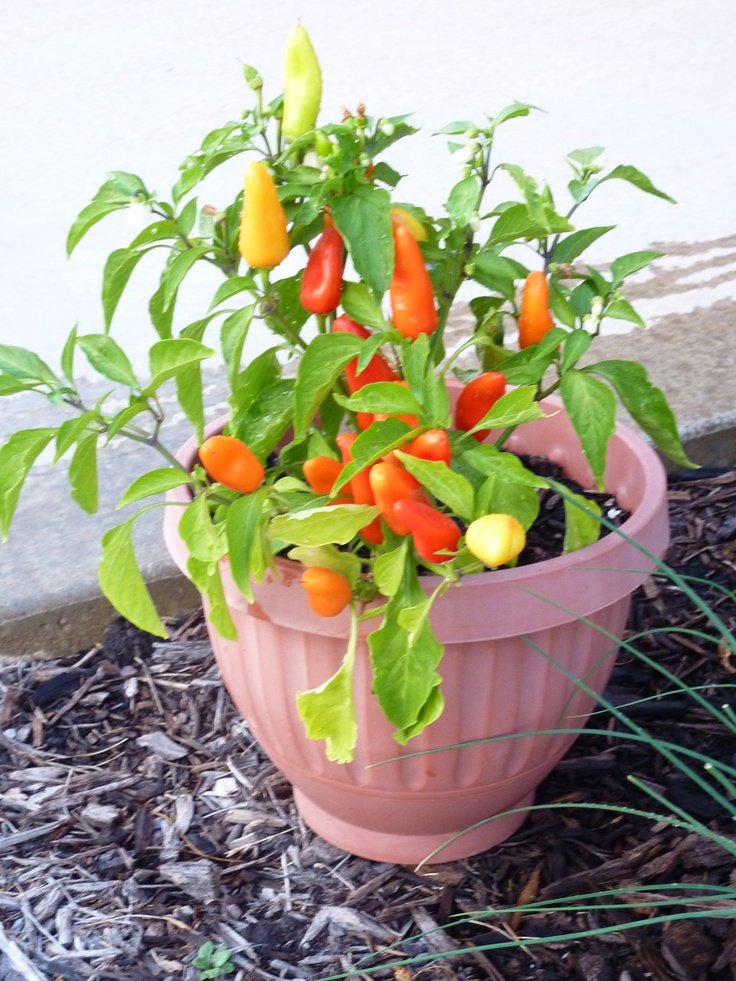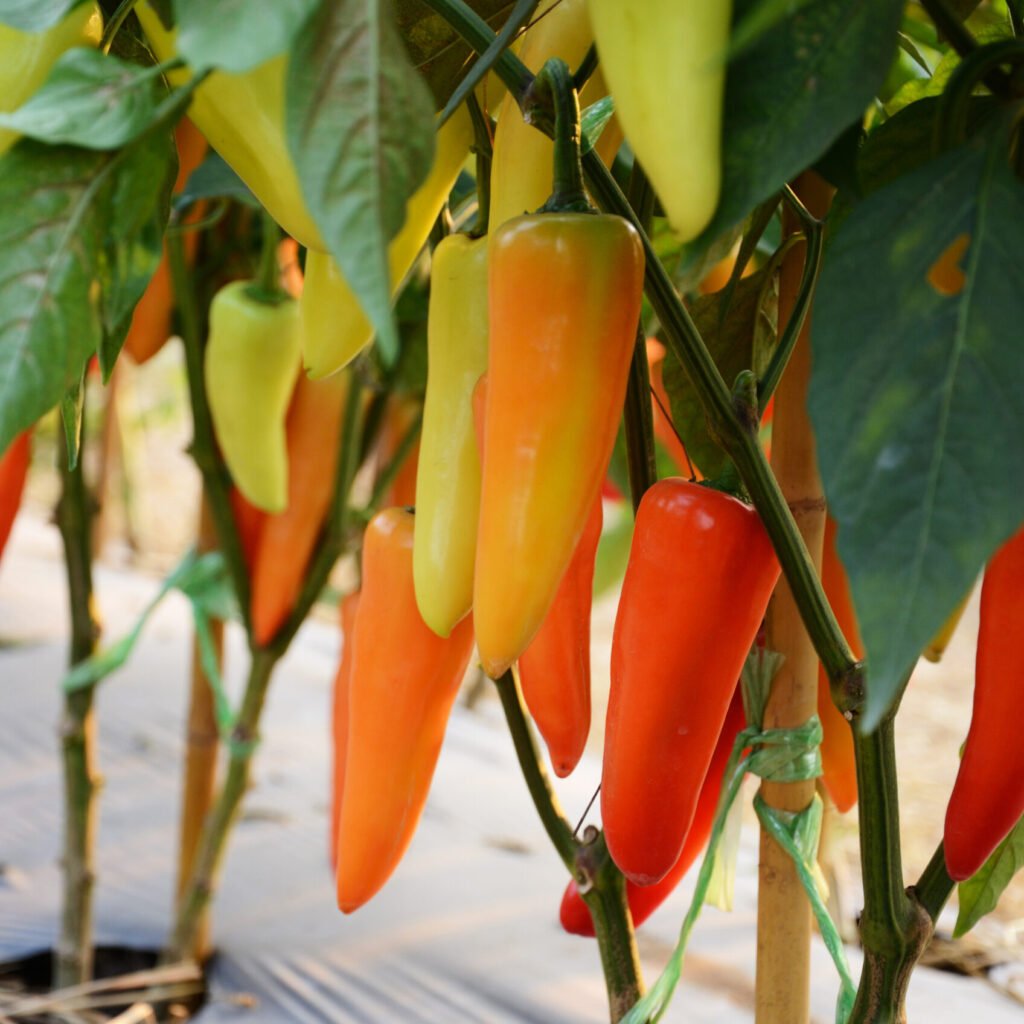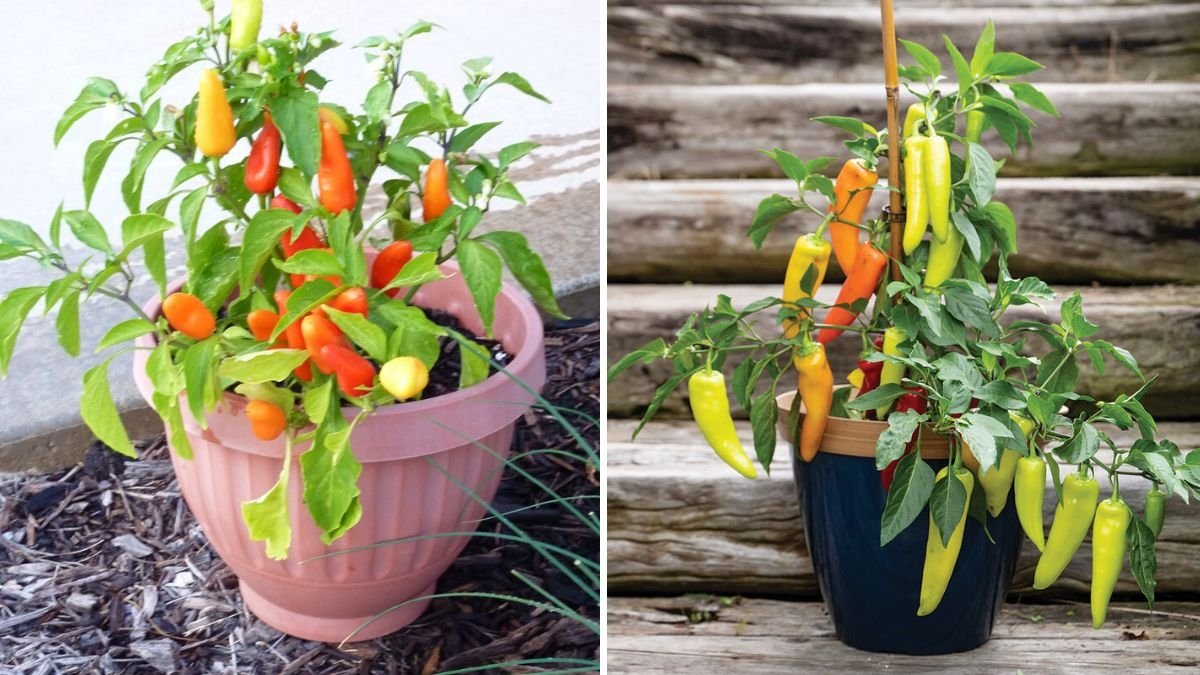If you love growing peppers that strike the perfect balance between heat and sweetness, Hungarian Hot Wax Peppers are a must-have for your garden. These vibrant yellow-to-red peppers not only add fiery flavor to your dishes but also bring a burst of color to your vegetable patch. Whether you’re a beginner gardener or a seasoned pepper enthusiast, learning how to plant and care for these peppers properly can reward you with a plentiful, spicy harvest.
Inspired by the video “How-to Plant Hungarian Hot Wax Peppers in Your Garden!”, this complete 1200-word guide will take you through every step—from choosing seeds and preparing soil to transplanting, caring, and harvesting. Let’s dive into how you can successfully grow Hungarian Hot Wax Peppers right in your backyard or containers.
What Makes Hungarian Hot Wax Peppers Special?

Hungarian Hot Wax Peppers (Capsicum annuum) are known for their distinctive, mildly hot flavor and versatile culinary use. They typically measure 5–6 inches long and have a Scoville heat rating between 5,000 and 10,000 SHU, similar to a milder jalapeño.
The peppers start off a bright yellow, mature to orange, and finally turn a deep red when fully ripe. This color transformation is not just beautiful—it also signals changes in flavor, from tangy and slightly hot to sweeter and more complex as they ripen.
They’re perfect for pickling, stuffing, grilling, or adding to fresh salads and sauces. Plus, they’re hardy, fast-growing, and adaptable to different climates, making them ideal for home gardeners.
Step 1: Starting Hungarian Hot Wax Peppers from Seeds

1. When to Start Seeds
Begin indoors about 8–10 weeks before your last frost date. Pepper seeds need warm soil and consistent heat to germinate.
2. Seed Starting Setup
You’ll need:
- Seed trays or small pots
- Seed-starting mix (light, well-draining)
- A heating mat (for consistent warmth)
- Grow lights or a sunny windowsill
3. Planting Seeds
- Fill trays with moistened seed mix.
- Plant each seed about ¼ inch deep.
- Cover lightly and mist with water.
- Maintain soil temperature between 75°F–85°F (24°C–29°C).
4. Germination Time
Seeds typically germinate in 10–14 days, but some may take longer if temperatures fluctuate. Keep the mix moist but never soggy—overwatering can cause damping-off disease.
Step 2: Transplanting Seedlings Outdoors

Once seedlings are about 3–4 inches tall and have at least two sets of true leaves, they’re ready to be hardened off for transplanting.
1. Hardening Off
Gradually introduce the plants to outdoor conditions over 7–10 days. Start by placing them in a shaded, sheltered spot for a few hours daily, then slowly increase sun exposure.
2. Choosing a Location
Peppers thrive in full sun—at least 6–8 hours of direct light daily. Choose a spot with rich, well-draining soil that warms up quickly in spring.
3. Soil Preparation
Amend the soil with compost or well-rotted manure. The ideal pH range is 6.0 to 6.8.
Before transplanting, mix in a handful of organic fertilizer or slow-release balanced feed (like 10-10-10 NPK) to give the plants a nutrient boost.
4. Planting Spacing and Depth
- Space plants 18–24 inches apart in rows about 24–30 inches apart.
- Transplant them at the same depth they were growing in pots.
- Water thoroughly after planting to settle the roots.
If you’re using containers, choose pots that are at least 12 inches deep with good drainage holes.
Step 3: Caring for Hungarian Hot Wax Peppers

1. Watering
Peppers prefer consistent moisture but hate waterlogged soil. Water deeply once or twice a week, allowing the top inch of soil to dry between waterings.
Mulch around the base with straw or shredded leaves to retain moisture and regulate soil temperature.
2. Fertilizing
Feed your plants every 3–4 weeks with a balanced fertilizer early on. Once they start flowering, switch to a low-nitrogen, high-potassium formula to promote fruiting instead of excessive foliage growth.
Homemade compost tea or liquid seaweed also works wonders for healthy fruit production.
3. Sunlight and Temperature
Hungarian Hot Wax Peppers love warmth. Keep them in areas where daytime temperatures range between 70°F–85°F (21°C–29°C).
If nighttime temperatures drop below 55°F (13°C), cover them with row covers or garden fabric for protection.
4. Pruning and Staking
- Pinch off early flowers if your plant is still small—this encourages stronger root and leaf growth first.
- As the plant grows, prune lower leaves to improve airflow and prevent fungal diseases.
- Use small stakes or cages to support heavy fruit-laden branches.
Step 4: Flowering and Pollination

Hungarian Hot Wax Pepper plants will start flowering 6–8 weeks after transplanting. The small white flowers soon give way to tiny green peppers.
Peppers are self-pollinating, but gentle shaking of the flowers or the presence of pollinators like bees can improve fruit set.
If you’re growing indoors or in a greenhouse, you can use a small brush to transfer pollen between flowers manually.
Step 5: Harvesting Hungarian Hot Wax Peppers
1. When to Harvest
You can start harvesting when peppers reach about 4–6 inches long and have turned a bright yellow shade. For a sweeter and slightly less tangy flavor, wait until they turn red.
- Yellow stage: Tangy, moderately hot
- Orange stage: Balanced flavor, more sweetness
- Red stage: Sweetest, fully mature, and slightly hotter
2. How to Harvest
Use scissors or pruning shears to cut peppers from the plant, leaving a short stem attached. This prevents damage to the main plant and encourages continuous fruiting.
3. Continuous Harvesting
The more you pick, the more the plant produces! Frequent harvesting encourages the plant to channel energy into new fruits.
Common Growing Problems and Solutions
1. Yellow Leaves
Usually a sign of overwatering or nitrogen deficiency. Check soil moisture and supplement with a balanced fertilizer.
2. Blossom Drop
Often caused by temperature extremes or lack of pollination. Keep the environment stable and ensure adequate pollination.
3. Aphids and Spider Mites
Spray leaves with neem oil or a mild insecticidal soap. Introducing ladybugs can also help manage pests naturally.
4. Sunscald
Occurs when peppers are suddenly exposed to harsh sunlight. Gradually acclimate plants and ensure enough leaf cover to shade the fruit.
Enjoying Your Harvest: Delicious Ways to Use Hungarian Hot Wax Peppers
Once harvested, Hungarian Hot Wax Peppers can be used fresh or preserved. Here are a few favorite ideas:
- Pickled Peppers: Slice and pickle them in vinegar, salt, and garlic for tangy toppings.
- Stuffed Peppers: Fill with cheese, meat, or grains, and bake until tender.
- Grilled or Roasted: Perfect for sandwiches, salsas, or as a side dish.
- Fermented Hot Sauce: Blend ripe red peppers with salt and ferment for a few days before mixing into a flavorful homemade sauce.
Their mild-to-medium heat makes them incredibly versatile in cuisines ranging from Mediterranean to Mexican and Eastern European dishes.
End-of-Season Care and Seed Saving
As the growing season ends, you can overwinter your plants or save seeds for next year.
1. Overwintering Plants
If you live in a mild climate, prune your pepper plants and move them indoors before the first frost. Place them in a sunny spot and water sparingly through winter.
2. Saving Seeds
Allow a few peppers to fully ripen and turn red on the plant. Remove the seeds, rinse them clean, and let them dry for 5–7 days on a paper towel. Store them in a cool, dark place in labeled envelopes. Properly dried seeds stay viable for up to 3 years.
Quick Growing Tips Recap
Start seeds indoors 8–10 weeks before the last frost.
Transplant when soil is warm and frost-free.
Provide full sun and rich, well-draining soil.
Water consistently but avoid overwatering.
Harvest regularly to boost production.
Protect from cold and pests for optimal yields.
Final Thoughts
Growing Hungarian Hot Wax Peppers is one of the most rewarding gardening experiences. These bright, cheerful peppers offer a delightful combination of mild heat and sweetness that elevates any meal. With just a bit of care, sunshine, and regular watering, your garden can be filled with dozens of peppers throughout the season.
So grab a packet of seeds, prepare your garden bed, and get ready to spice up your summer with homegrown Hungarian Hot Wax Peppers—straight from your garden to your plate!






Leave A Comment